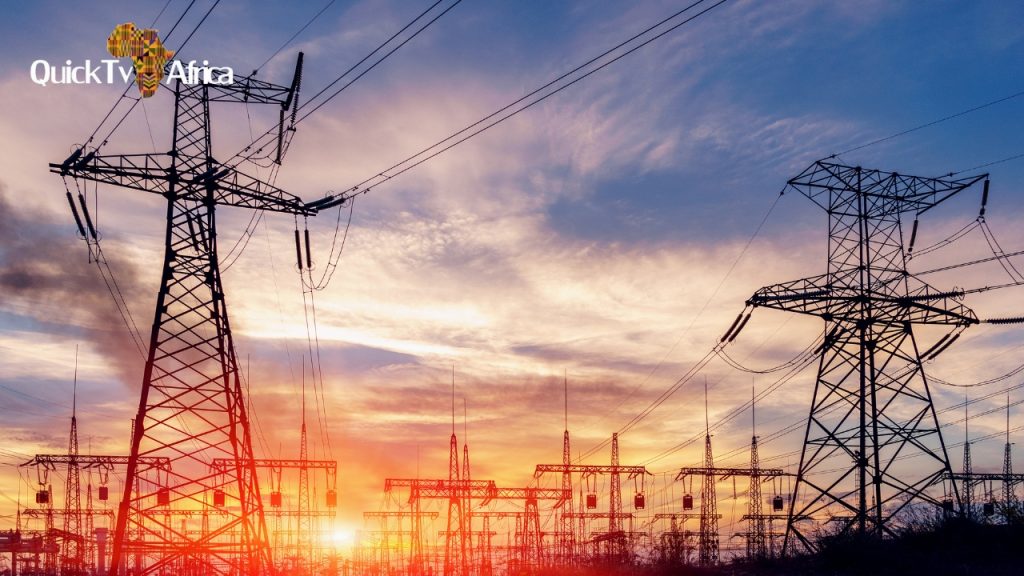The Lagos State Government has projected a substantial investment requirement ranging from $14 billion to $33 billion to address its energy generation needs by the year 2030. This critical information was disclosed by Mr. Kamaldeen Balogun, the General Manager of the Lagos State Electricity Board, during the 15th Ralph Alabi Memorial Lecture and the induction of new corporate members of the Nigerian Society of Engineers (NSE) Ikeja Chapter. The event, themed “Opportunities in Emerging Power Sector: A Panacea for Economic Stability and Industrialisation,” underscored the pressing need for innovative solutions within the power sector to foster economic growth and industrialisation.
Mr. Balogun emphasized that the figures provided by the Lagos Bureau of Statistics highlight energy supply as the most significant infrastructure and developmental challenge facing Lagos State. Currently, the state receives a mere 1,000 megawatts of power daily, available for an average of 12 hours, which starkly contrasts with the estimated requirement of 9,000 megawatts. This shortfall not only hampers daily life for residents but also stifles economic activities in Nigeria’s largest metropolitan area.
Opportunities in the Power Sector
The existing power deficit in Lagos presents vast opportunities for investment across various segments of the power value chain, including generation, transmission, distribution, and retailing. Mr. Balogun pointed out that the Lagos power sector is ripe for investment in Independent Power Plants (IPPs), renewable energy sources—particularly solar energy—off-grid and mini-grid solutions for underserved areas, and energy storage systems to enhance reliability. He also highlighted emerging sectors such as electric vehicle infrastructure and waste-to-energy projects, which offer long-term potential for investors.
The need for investment is further accentuated by the recent enactment of the 2023 Electricity Act, which empowers states to generate, transmit, and distribute energy within their jurisdictions. This legal framework positions Lagos to take decisive steps toward improving power supply through the Lagos Electricity Market. The Lagos Electricity Market Implementation Plan aims to enhance power generation and distribution, with a target of generating 3,000 megawatts of electricity within the next 30 months.
Key Focus Areas of the Implementation Plan
The implementation plan focuses on several critical areas:
- Grid Modernisation: Upgrading existing infrastructure with smart technologies to improve reliability and efficiency is paramount. This modernization will facilitate better management of electricity distribution and reduce losses.
- Renewable Energy Integration: The plan targets the generation of 1,000 megawatts of power from solar and off-grid solutions, diversifying the energy mix and reducing reliance on fossil fuels.
- Public-Private Partnerships (PPPs): Encouraging private sector involvement is essential for financing energy projects and expanding infrastructure. The government is actively seeking partnerships to leverage private investment in the energy sector.
- Capacity Building: A strong focus on workforce training for engineers, technicians, and craftsmen in the power sector is crucial. This initiative aims to develop a skilled workforce capable of supporting the growing energy demands of Lagos State.
Recent Initiatives and Future Prospects
In a bid to tackle the persistent electricity shortfall, the Lagos State government is actively seeking private companies to invest in gas-fired power plants. This initiative, announced by the Ministry of Energy and Mineral Resources (MEMR) in collaboration with the Office of Public-Private Partnerships (OPPP), aims to generate up to 500 megawatts of electricity across four designated hubs in the state.
With a population exceeding 20 million, Lagos remains Africa’s largest metropolitan area and Nigeria’s economic powerhouse. However, the energy demands of the city far exceed the supply from the national grid. The government has revealed that while Lagos requires over 6,000 megawatts of electricity, the existing Distribution Companies (DisCos) supply less than 2,000 megawatts during peak periods. This stark disparity highlights the urgent need for investment and innovation in the energy sector.
Conclusion
The projected investment of $14 billion to $33 billion in Lagos State’s energy sector is not merely a financial figure; it represents a critical pathway toward achieving energy security, economic stability, and industrialisation. By leveraging opportunities in renewable energy, modernizing infrastructure, and fostering public-private partnerships, Lagos can transform its energy landscape. The commitment to capacity building will ensure that the workforce is equipped to meet the challenges of a rapidly evolving energy sector. As Lagos State embarks on this ambitious journey, the collaboration between government, private investors, and the community will be essential in realizing a sustainable and reliable energy future.

